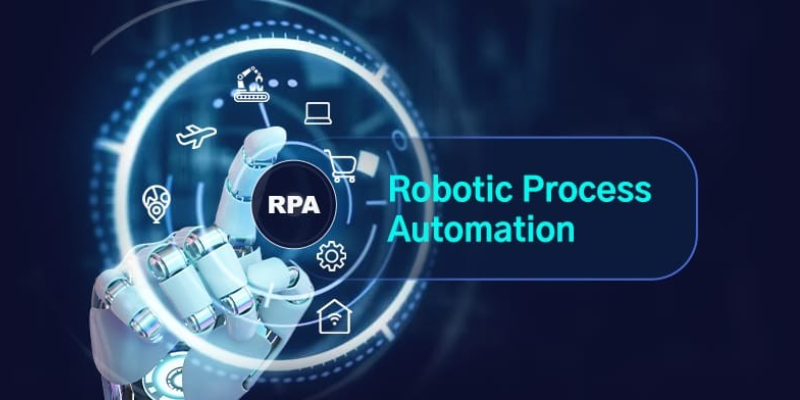
Robotic Process Automation (RPA) has emerged as a transformative technology in recent years, allowing organisations to streamline operations, enhance productivity, and drive efficiency. However, successful implementation of RPA requires a structured approach, typically organized into distinct phases that form the RPA life cycle. Understanding these phases is crucial for organizations looking to leverage RPA effectively. In this blog post, we’ll delve into the main phases of the RPA life cycle, exploring each step in detail to provide a comprehensive understanding of the process. Additionally, for those seeking to enhance their skills in RPA, consider exploring RPA Training in Chennai at FITA Academy.
Main Phases of the RPA Life Cycle
1. Assessment
The first phase of the RPA life cycle involves assessing the organization’s current processes to identify candidates for automation. This phase begins with gathering information about existing workflows, including their complexity, volume, and frequency. Stakeholder interviews and process documentation play a crucial role in this stage, helping to uncover pain points and areas where automation can deliver the most significant impact. Additionally, assessing the organization’s readiness in terms of infrastructure, resources, and leadership support is essential to ensure a smooth transition to RPA.
2. Planning
Once potential automation opportunities have been identified, the next phase involves developing a comprehensive plan for RPA implementation. This includes defining clear objectives, establishing success criteria, and determining the scope of the automation project. During the planning phase, organizations also need to consider factors such as budget, timeline, and resource allocation. Collaborating with key stakeholders, including business units, IT departments, and RPA vendors, is critical to creating a roadmap that aligns with the organization’s strategic goals.
3. Development
In the development phase, the focus shifts to designing and building the automation solutions identified during the planning stage. This involves selecting the appropriate RPA tools and technologies, configuring bots to perform specific tasks, and integrating them with existing systems and applications. Development teams work closely with subject matter experts to ensure that the automation solutions meet the requirements and deliver the desired outcomes. Testing and validation are also essential for this phase, allowing organizations to identify and address any issues or errors before deployment. Additionally, exploring RPA Classes can provide valuable insights and skills for effective development in this phase.
4. Deployment
Once the automation solutions have been developed and tested, they are ready for deployment in the production environment. The deployment phase involves installing the RPA bots, configuring them to run according to the defined schedule, and monitoring their performance in real-time. Organizations need to establish robust governance mechanisms and security protocols to ensure the safe and reliable operation of RPA bots. Continuous monitoring and optimization are essential during this phase to identify opportunities for improvement and address any issues that may arise.
5. Operation
The operation phase marks the ongoing management and maintenance of the RPA environment. This includes monitoring bot performance, managing exceptions and errors, and implementing necessary changes or updates. Regular reporting and analytics help organizations track RPA’s impact on key performance indicators and identify areas for further optimization. Effective communication and collaboration between business and IT teams are crucial to ensuring that RPA continues to align with the organization’s evolving needs and objectives.
6. Maintenance and Support
In the maintenance and support phase, the focus is on providing ongoing support to users and addressing any technical issues or challenges that may arise. This includes troubleshooting bot failures, providing training and guidance to users, and implementing enhancements or updates to the automation solutions. Regular maintenance activities, such as software patches and security updates, are essential to ensure the reliability and security of the RPA environment. Collaboration with RPA vendors and participation in user communities can also provide valuable resources and support during this phase.
The RPA life cycle encompasses a series of interconnected phases that guide organizations through implementing and managing robotic process automation. Each phase plays a critical role in achieving successful outcomes, from assessing automation opportunities to deploying and maintaining RPA solutions. By understanding the main phases of the RPA life cycle and following best practices for implementation and management, organizations can unlock the full potential of RPA to drive innovation, efficiency, and growth. Additionally, seeking guidance from a Training Institute in Chennai can provide valuable resources and support in mastering RPA implementation and management.